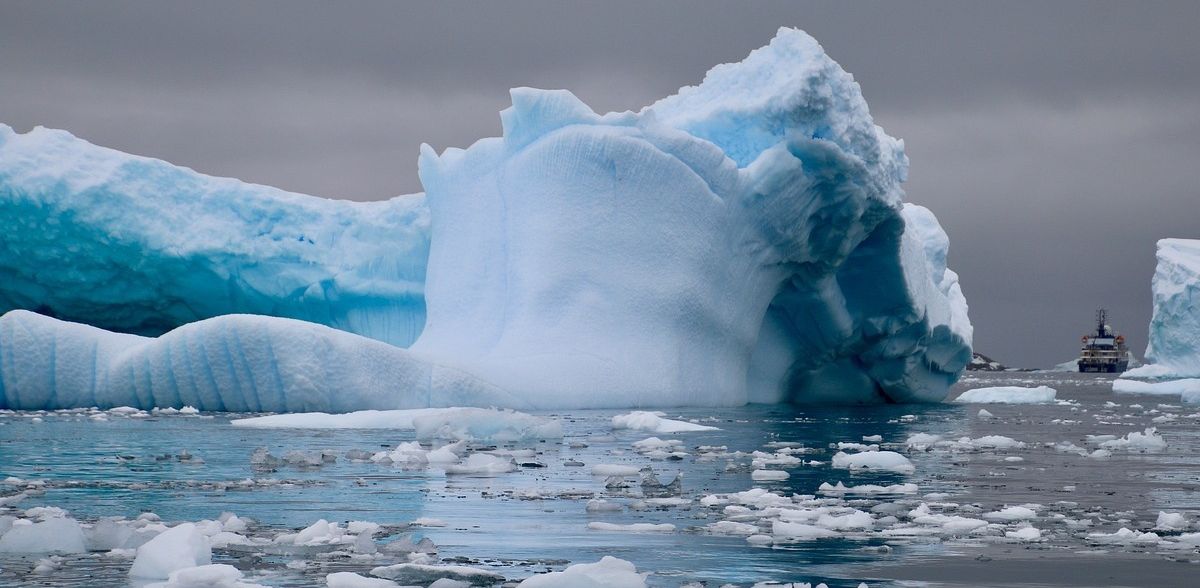Presence of nicotine and antidepressants detected in Antarctic waters
A study with the participation of IDAEA and IGME locates organic contaminants derived from human activity in inland and coastal waters of the frozen continent
Human activity is negatively impacting Antarctic water quality. This is the conclusion of a study carried out by the Institute of Environmental Diagnosis and Water Studies (IDAEA-CSIC) and the Geological and Mining Institute of Spain (IGME-CSIC), in collaboration with the University of Granada and the Autonomous University of Madrid, which has detected the presence of ten organic pollutants of emerging concern in freshwater and coastal marine waters of the Antarctic continent. The most relevant contaminants are several pharmaceutical products, nicotine and caffeine, as well as UV filters, some of them with high persistence, dispersibility and toxicity to biota.
The samples analyzed come from a wide variety of sources, including areas with human activity such as bases, campsites and tourism, as well as areas with no apparent human or animal presence. Results published in the Journal of Hazardous Materials show the presence of seven pharmaceuticals (the painkillers acetaminophen, diclofenac and ibuprofen; the blood cholesterol and triglyceride regulator bezafibrate; the diuretic hydrochlorothiazide; the antibiotic clarithromycin; and the antidepressants citalopram and venlafaxine), nicotine and caffeine, the UV filter benzophenone-1 and the industrial anti-corrosion product tolitriazole.
"Nicotine and the antidepressant citalopram had not been studied before in Antarctica and we found them in 74% and 55% of the samples, respectively," states Miren López de Alda, researcher at IDAEA-CSIC. "The rest of the substances were included in the study because, although they had been detected previously, they presented a moderate or high toxicological risk for aquatic organisms", she remarks.
The work has classified the organic pollutants identified on the basis of their presence in the samples collected and their hazard index, which integrates the potential for bioaccumulation, persistence and aquatic toxicity. In this regard, Cristina Postigo, researcher at the University of Granada and first author of the article, emphasizes: "After the risk assessment carried out, the substances of greatest concern in this region are citalopram, clarithromycin, nicotine, venlafaxine and hydrochlorothiazide, which should continue to be monitored in Antarctic waters and biota in the future".
The work also shows that pollution of anthropogenic origin is not only localized in places where scientific activity and tourism take place, but also spreads to more remote areas. This implies that chemical contamination may be influenced by different environmental processes, such as re-emission from ice and atmospheric deposition.
In view of these results, the authors emphasize that the Antarctic Treaty System, and especially the Committee for the Protection of the Antarctic Environment, should strengthen measures to reduce the impact of human presence in Antarctica.
Note: This article has been translated using a computer system without human intervention. LUMITOS offers these automatic translations to present a wider range of current news. Since this article has been translated with automatic translation, it is possible that it contains errors in vocabulary, syntax or grammar. The original article in Spanish can be found here.
Original publication
Most read news
Original publication
Postigo, C., Moreno-Merino, L., López-García, E., López-Martínez, J., López de Alda, M.; "Human footprint on the water quality from the northern Antarctic Peninsula region."; Journal of Hazardous Materials.
Topics
Organizations
Other news from the department science

Get the analytics and lab tech industry in your inbox
By submitting this form you agree that LUMITOS AG will send you the newsletter(s) selected above by email. Your data will not be passed on to third parties. Your data will be stored and processed in accordance with our data protection regulations. LUMITOS may contact you by email for the purpose of advertising or market and opinion surveys. You can revoke your consent at any time without giving reasons to LUMITOS AG, Ernst-Augustin-Str. 2, 12489 Berlin, Germany or by e-mail at revoke@lumitos.com with effect for the future. In addition, each email contains a link to unsubscribe from the corresponding newsletter.






















































